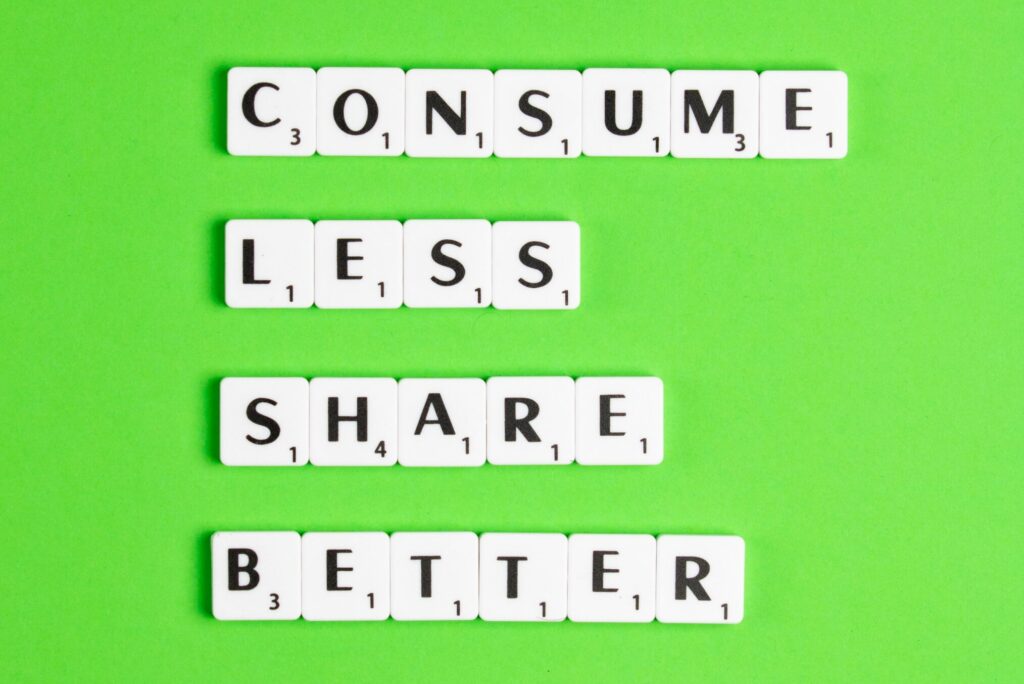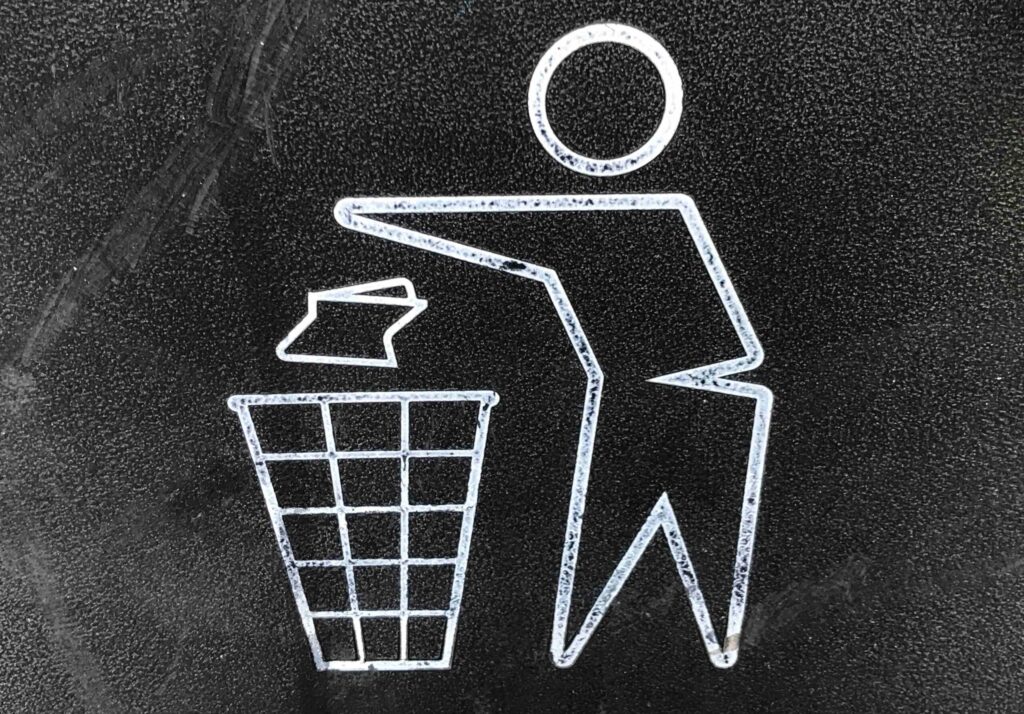As environmental degradation gets worse every day, more individuals are shifting to environmentally-conscious lifestyles. This includes reducing waste, minimizing the use of single-use plastics, and recycling old items. However, big businesses see this as an opportunity to earn more profit by “greenwashing” their products.
To attract the eco-friendly clientele, they make their products appear good for the environment, even if it’s far from the truth. Well-intended consumers purchase these items without knowing that they may be doing more harm than good. Going green becomes more of a profitable business strategy, and for some people, their tactic works.
As consumers, we need to be on guard about buying and advocating for greenwashed products. There are some helpful ways to spot greenwashing that any eco-friendly individual should know.

Don’t be swayed easily by eco-friendly terminology.
Greenwashed products often use environmentally-conscious jargon like “sustainable,” “socially responsible,” “eco-friendly,” or “recycled,” without really meaning it. Businesses plaster these words on their items with the intention of being vague. Before purchasing anything, take the time to scrutinize the product and research the company. Terms like “natural,” “pure,” and “organic” can also be very misleading. Ensure that the label offers proof to their claims.

Be wary of the packaging.
There are plenty of small stores with green initiatives, but sometimes, all you have to is look and you can see right through the ruse. If they sell bamboo toothbrushes and shampoo bars that are individually wrapped in plastic, that should set off some alarm bells. These products were specifically made to reduce plastic use, so the plastic packaging doesn’t make logical sense. It’s things like these that any consumer should be mindful of.

Go beyond their performative actions.
People like focusing on the one green feature that companies advertise, but this should not be the case. A business can remove all of their plastic packaging and yet source their materials in environmentally-degrading methods. Some companies can champion their partnership with a green non-profit organization, but continue to pollute the planet despite their donations. Don’t be fooled just because they spend time and money to appear green instead of implementing business practices that minimize their harmful environmental impact.
Don’t let the pictures deceive you.
Just because there are photos of fruits, leaves, and farms doesn’t mean the product is instantly green. Companies can freely use any photo they deem fit for their product. Photos or illustrations of endangered animals are commonly used, too. Businesses love using earth tones to further drive the “all-natural” image. The only legitimate way to know if a product is green by researching it and seeking proof. Being sustainable and environmentally-friendly goes beyond just that.

You’re always going to run into greenwashed products all the time, and all it takes is a bit of observation and research to spot them. It’s good that corporations are aware of consumers’ needs to be environmentally-friendly, but they need follow-through with what they say. After all, we’re all in the same boat, so we all share the social and environmental responsibility to be help restore the environment.
Cover Image by Matt Seymour
About the Author
You may also like
-
Find Your Third Place at an Independent Cafe
-
Lattes & Confessions: Why Cafes Are the New Third Place
-
6 Social Clubs for Black Professionals to Hang Out, Network, and Enjoy Their Free Time
-
Easy Activities to Bond with Loved Ones Around the Holidays
-
Identifying Corporate Sustainability You Can Actually Trust


